Summer Homework
1/79
Earn XP
Description and Tags
Unit circle, graphs, etc.
Name | Mastery | Learn | Test | Matching | Spaced |
|---|
No study sessions yet.
80 Terms
csc x
1/sin x
sec x
1/cos x
cot x
1/tan x
tan x
sin x/cos x
cot x
cos x/sin x
sin² x + cos² x
1
tan² x +1
sec² x
1+ cot² x
csc² x
slope intercept form
y=mx+b
Point slope form
y-y1=m(x-x1)
standard form
Ax+By+C=0
equation of circle
(x-h)²+(y-k)²=r²
a²-b²
(a-b)(a+b)
a³-b³
(a-b)(a²+ab+b²)
a³+b³
(a+b)(a²-ab+b²)
a4-b4
(a²-b²)(a²+b²)
y=x
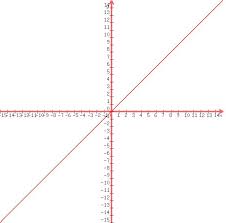
y=x²
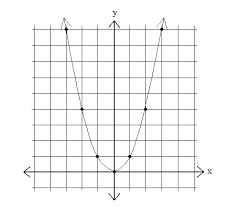
y=x³
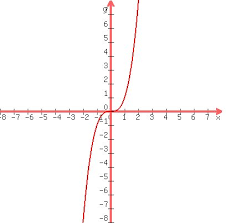
y=1/x
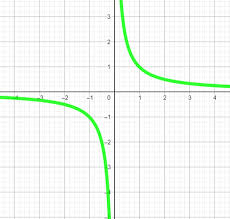
y=√x
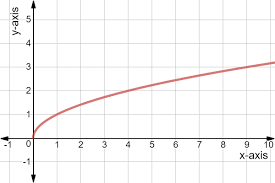
y=sin x
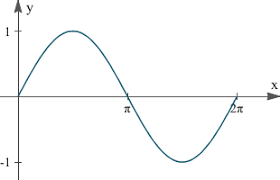
y=e^x
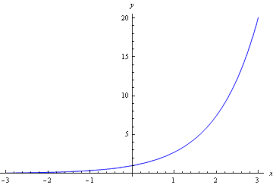
y=1/x²
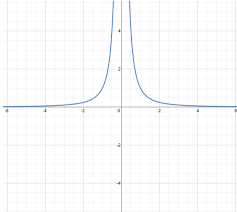
y=3√x
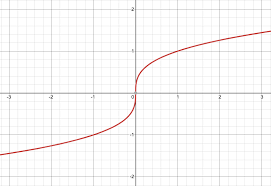
y=cos x
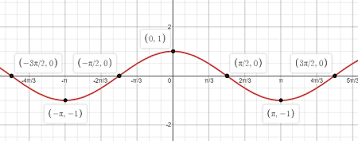
y=ln x

y=|x|
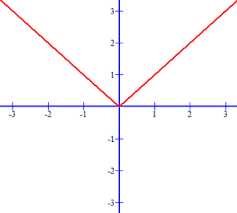
y=tan x

y=[[x]]
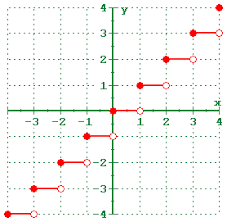
increments
the particle moves from point (x1, y1) to the point (x2, y2) where the coordinates are Ax=x2-x1 and Ay=y2-y1)
perpendicular slope
each slope is the negative reciprocal of the other
m1=-1/m2
m2=-1/m1
function
from a set d to a set r is a rule that assigns a unique element in r to each element in d
natural domain
when you define a function with a formula where the domain is not explicitly stated or restricted, the largest x and y values are assured to be the domain
a^x * a^y
a^x+y
a^x/a
(a^x)^y
(a^y)^x=a^x*y
a^x * b^x
(ab)^x
(a/b)^x
a^x/b^x
half-life
the amount of time it takes for half of the substance to change from its radioactive state to a non radioactive stae by emitting energy
compounded continuously
y=p*e^rt
base a logarithm function
y=logaX is the inverse of the base a exponetial function y=ax
radian measure
of the angle acb at the center of the unit circle equals the length of the arc acb cuts from the unit circle.
sinx=y/r tanx=y/x secx=r/x
cosx=x/r cscx=r/y cotx=x/y
periodic
a function is this if there is a positive number p such as f(x+p)=f(x) for every value of x.
period
the smallest value of p is the ______ of x. Cosx, sinx, secx, and cscx are periodic with 2 pi and tanx and cotx are periodic with pi.
odd vs. even
cos x and secx are even the rest are odd functions
transformations
y=af(b(x+c))+d
where a=vertical stretch/shrink and a reflection about the x
b=horizontal stretch/shrink and a reflection about the y
c=horizontal shift
d=vertical shift
sine/sinusoid function
f(x)=A sin [(2pi/b (x-c)]+d
where a=amplitude
b=period
c=horizontal shift
d=vertical shift
average speed
found by dividing the distance covered by the elapsed time
limit
the function f has this as x approaches c if, given any positive number, there is a positive number for all x
polynomial and rational functions
if f(x)=anXn + an-1Xn-1 +…+a0
if F(x) and g(x) are polynomials and c is any real number, then
limx→ c f(x)/g(x) =f©/g©, provided that g© does not equal zero
ex.lim x→ 3 [x²(2-x)]=(3²) (2-3)=-9
sandwhich therom
if g(x)<_f(x)<_h(x) for all x does not equal c in some interval about c and
lim x→c g(x)=lim(h(x)=L then limx→c=L
lim x→0 sinx/x
1
horizontal asymptote
the line y=b is this of the graph of the function y=f(x) if either limx→infinity f(x)=b or limx→-infinity f(x)=b
Sum rule
limx→+-infinity (f(x)+g(x)=L+M
difference rule
limx→+-infinity (f(x)-g(x))=L-M
product rule
limx→+-infinity (f(x)*g(x))=L*M
constant multiple rule
limx→+-infinity(k*f(x))=k*L
quotient rule
limx->+-infinity f(x)/g(x)=L/M when m does not equal zero
power rule
if r and s are integers, s does not equal 0, then limx→+-infinity (f(x)^r/s =c^r/s provided that L^r/s is a real number
removable discontinuity
each function has a limit of x→ o and we can remove the discontinuity by setting f(0) equal to its limit
jump discontinuity
the one sided limit exists bave different values infinate discontinuity
fully seperated where limits are to infinity
osciliating discontinuity
it oscillates and has no limit at x→0
continuous on an interval
if and only if it is continuous at every point on the interval
continuous function
is one that is continuous on every point of its domain
properties of continuous functions
if the functions f and g are continuous at x=c, then the following combination are continuous at x=c.
composite of continuous functions
if f is continuous and g is continuous at f© then the composite gof is continuous at c
intermediate value theorm for continuouus functions
a function y=f(x) that is continuous on a closed interval [a,b] takes on every value between f(a) and f(b)In other words if y is between f(a) and f(b) then y=f© for some c in [a,b]
intermediate value property
a function has this if it never taking on two values without taking on all the values between
the average rate of change
of a quantity of a period of time is the amount of change divided by the time is takes. it is also the slope of the secant line.
defining tangents
1)calculate the slope of the secant through p and a point q on the curve
2) find the limiting value of the secant slope (if it exists) as q approaches p along the curve
3) we define the slope of the curve at p to be this number and define the tangent to the curve at point p to be the line through p with this slope
slope of the curve
y=f(x) at the point p(a,f(x)) is the number m=limh→ 0 f(a+h)-f(a)/h
Tangent to the curve
At p is the line through p with this slope
Difference quotient of Fa Ta
F(t+h)-f(t)/h
Normal line
To a curve at a point is the line perpendicular to the tangent at that point
Slope of the secant line
Slope between the intersection points
Instantaneous rate of change
Change that occurred at a single point, slope of a curve at a point, derivative of a point, slope of a tangent line at that point
Derivative
Of a function f with respect to the variable c is
F(x)=lim h→0 f(x+h)-f(x)/h
differentiable function
Y’=y prime
F’(x)=f prime or x
Dy/Dx= derivative of y with respect to x
Df/Dx= derivative of f with respect to x
D/dx f(x)= derivative of f at x